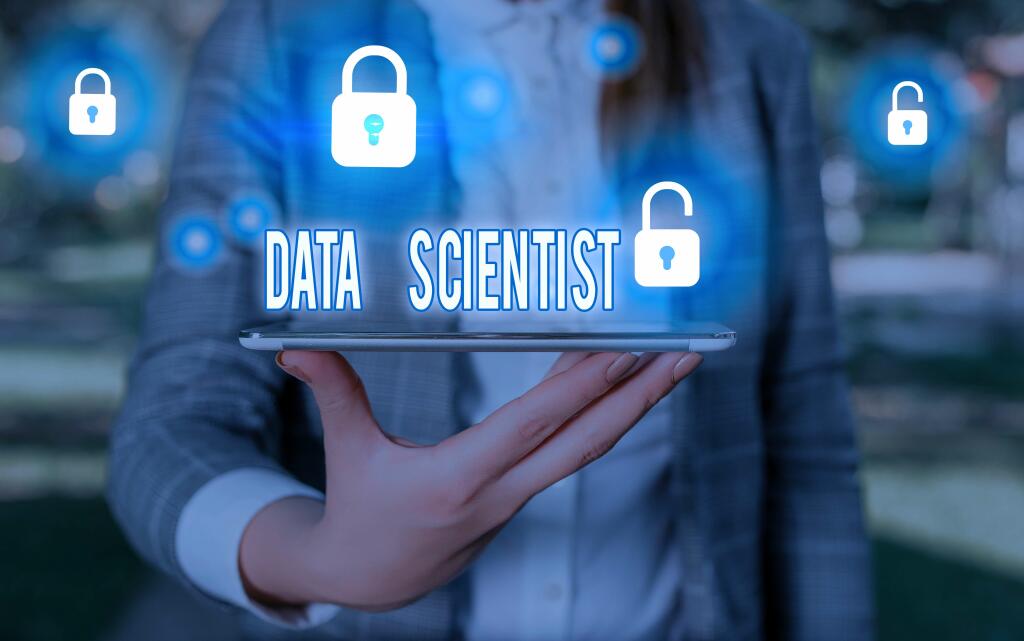Many of these new weapons pose major risks to civilians on the ground, but the danger becomes amplified when autonomous weapons fall into the wrong hands. Hackers have mastered various types of cyber attacks, so it’s not hard to imagine a malicious actor infiltrating autonomous weapons and instigating absolute armageddon. Another example is U.S. police departments embracing predictive policing algorithms to anticipate where crimes will occur. The problem is that these algorithms are influenced by arrest rates, which disproportionately impact Black communities.

AI-powered reactive solutions have gained significant traction in the enterprise world, enabling organizations to enhance their incident response processes and mitigate the impact of cyberattacks. The world of cybersecurity is constantly changing, and it requires new and creative ways to deal with the ever-growing https://www.globalcloudteam.com/ complexity of cyber threats. AI has become an important weapon in the fight against these threats, providing both exciting advantages and some tricky obstacles. I’ll delve into the crucial role of AI in cybersecurity, discussing its advantages and the challenges we need to tackle in order to use it effectively.
JOB LOSSES DUE TO AI AUTOMATION
One of the biggest challenges of artificial intelligence is educating your workforce and the public on how it will help them, not hurt them. Because AI is so dependent on large amounts of data, there is a massive opportunity for bad actors to take advantage of these data sets. They could gain access to private data, purposely corrupt the system, manipulate it to make false decisions and more. Most people have heard of artificial intelligence through the news, movies and media. Yet truly understanding artificial intelligence issues requires a specialized knowledge of how it works, including how to write algorithms, roll out deployment and continue to refine it.
In the years since Zou’s initial predicament, the excitement over generative A.I. Tools like ChatGPT has caused a boom in the creation and proliferation of A.I. What’s more, those models are getting bigger, meaning they ingest more data during their training. That’s because, as it turns out, it’s nearly impossible to remove a user’s data from a trained A.I.
Avoiding bias
Below we take a closer look at the possible dangers of artificial intelligence and explore how to manage its risks. As AI grows more sophisticated and widespread, the voices warning against the potential dangers of artificial intelligence grow louder. Many economies are already experiencing income inequality ai implementation in business and wage polarization. Finally, automation will likely put pressure on average wages in advanced economies. Many of the current middle-wage jobs in advanced economies are dominated by highly automatable activities, in fields such as manufacturing and accounting, which are likely to decline.

Because, where AI is concerned, you won’t always know what you’re building until you’ve made a start, which is another tricky obstacle to overcome. That said, companies still struggle to adopt AI — and today, we’ll share the ten challenges we hear about the most. Take a step-by-step tour through the entire Artificial Intelligence implementation process, learning how to get the best results. Instead, these legacy industries will need a large number of bespoke solutions that are adapted to their many diverse use cases. Sponsored articles are content produced by a company that is either paying for the post or has a business relationship with VentureBeat, and they’re always clearly marked. Content produced by our editorial team is never influenced by advertisers or sponsors in any way.
Use of AI Is Seeping Into Academic Journals—and It’s Proving Difficult to Detect
It was compiled for the Tallinn Digital Summit that took place in October 2018. The briefing concludes with a set of issues that policy makers and business leaders will need to address to soften the disruptive transitions likely to accompany its adoption. Integrating new machine learning models into your business applications and systems can be a complicated process, and without such integration, models do not deliver any value. An AI economy can reduce repetitive tasks, increase productivity and allow us to focus on projects that are more meaningful. But humans tend to fear what we don’t understand, so communication is key.

And nearly one-third of executives identified data-related challenges among the top three concerns hampering their company’s AI initiatives. However, the lack of transparency prevents new AI models and techniques from being assessed on the metrics like robustness, bias, and security. As it directly impacts people’s lives, it can be challenging as solutions that work seamlessly in labs fail in real life. In addition to the AI implementation challenges we discussed in this article, we could also mention the discrepancies in AI availability around the world.
Level 3: Impact the business
One well known case where the FTC did use this power is against a company called Everalbum, which trained a facial recognition system using people’s biometric data without their permission. Include accessibility features such as image or text-to-speech technology to support people with dyslexia or vision or motor impairments. There are many more people with disabilities who are employed than employers know about.
- If the platform detects a sudden increase in mentions of the company along with keywords and patterns, it can automatically alert the security team so that it can investigate and respond promptly.
- Real change may come either from training the AI systems with unbiased data or from the development of easily-explained algorithms that can be easily read.
- In fact, many AI tools end up with the same inherent biases as the programmers who create them, or the data they receive.
- The term “artificial intelligence” was popularized at a conference at Dartmouth College in the United States in 1956 that brought together researchers on a broad range of topics, from language simulation to learning machines.
- “The author intended to use AI to improve the quality of the language (which is within our policy), and they accidentally left in those comments—which they intend to clarify,” Davis says.
- Alternatively, the business might deploy SaaS to speed up the implementation process.
- If it does, it can automatically isolate the affected device from the network, preventing lateral movement and further damage.
It can undoubtedly make a huge difference in operational management, but we cannot yet fully rely on it to always be the best option. Companies don’t always have time to build a complex AI solution for a new operation. First, this introduces significant human bias into your process straight from the start. Second, it means that any results from the algorithm are simply an extension of your best guesses. Ultimately, this leaves you with a sketchy data landscape and an unreliable, unstable decision-making process. Below are three challenges with AI that specifically affect operational management for businesses.
Global
It is believed to have the potential to make a transformation in any industry and offer a promising future for businesses with its learning algorithms. The global technology intelligence organization ABI Research predicts the number of businesses that will adopt AI worldwide will scale up to 900,000 this year, with a compound annual growth rate of 162%. This revolutionary technology helps improve customer decision management, forecasting, QA manufacturing and writing software code, increasing revenue with the data it generates every day. For a company to ensure the most efficient and timely AI capabilities, it should use the right data sets and have a trusted source of relevant data that are clean, accessible, well-governed, and secured. Explainable Artificial Intelligence (XAI) is a set of processes that enable humans to comprehend and trust the results and output delivered by machine learning algorithms. It describes an AI model and its expected outcomes as well as potential biases.

“I think it’s dangerous and if someone got access to this data, let’s say, some kind of intelligence agencies or even other countries, I mean, I think it can be really be used in a bad way,” Lundbæk said. But until more progress is made, user data will continue to float around in an expanding constellation of A.I models, leaving it vulnerable to dubious, or even threatening, actions. Zou says that, the way things stand, either the technology needs to change substantially so that companies can comply with the law, or lawmakers need to rethink the regulations and how they can make companies comply. The site was crucial to the development of the technology, as Alan Turing and others used Colossus computers to decrypt messages sent between the Nazis. The potential threat AI poses to human life itself should be a focus of any government regulation, MPs have warned.
Guide to RLHF LLMs in 2023: Benefits & Top Vendors
That said — if your company uses a CRM tool to collect customer demographics, purchase behavior, or on-site interactions, you may have a data set you can use. And where there are gaps, online data libraries, even synthetic data, can often fill them. Now that the preliminary stages of AI implementation are completed, the actual implementation of AI comes into play. For this, you need to determine the internal capabilities of your business. The robustness of AI solutions can be measured by their ability to cope in extreme data scenarios, facing noisy, unlabeled and constantly changing data.




